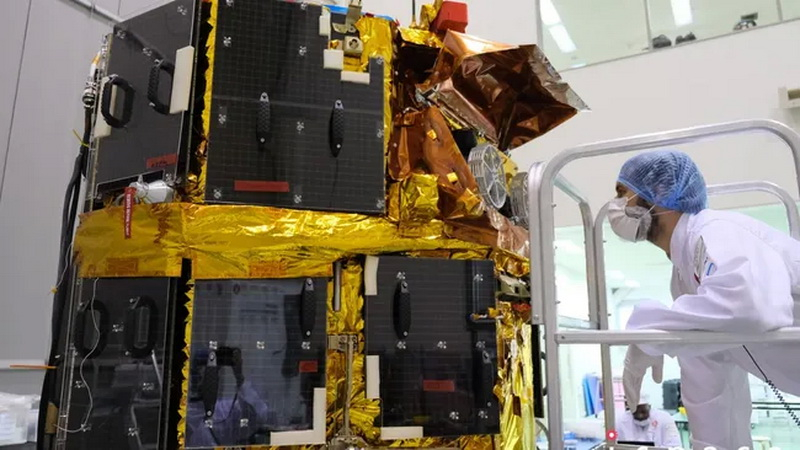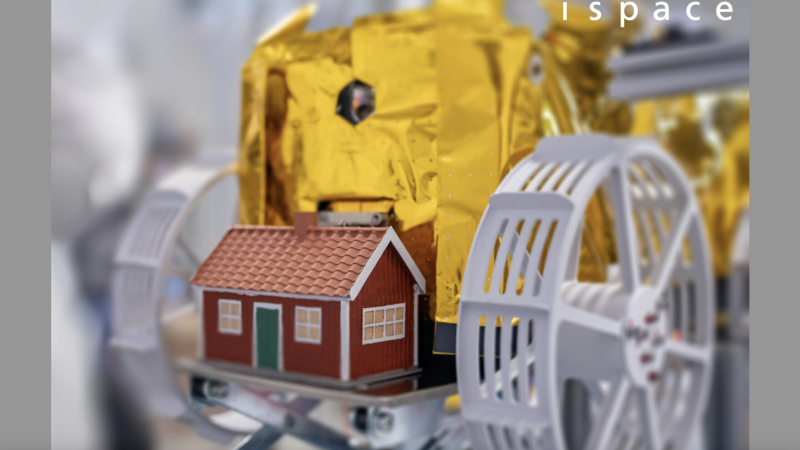The Japanese company iSpace is preparing for its second mission to the lunar surface. As part of it, the Resilience landing module and a miniature rover, called Tenacious, will go to the Earth’s satellite. The mission will be launched using a Falcon 9 launch vehicle from the American company SpaceX. On Thursday, the Japanese company said that the launch is planned to take place no earlier than December this year.

The Resilience lunar lander and the Tenacious rover installed in it. Image source: iSpace
«I am very pleased to announce that assembly and integration of the Resilience lander is complete. We are on track for a planned launch no earlier than December of this year. The landing site has been determined and preparations for Mission 2 are progressing well,” said Takeshi Hakamada, founder and CEO of iSpace, at a press conference on Thursday.
The primary landing site chosen was the “Sea of Cold,” a vast basalt plain in the far north of the Moon, located at 60.5 degrees north latitude and 4.6 degrees west longitude of the satellite. If successful, this will be the northernmost lunar landing to date. The company also selected alternative landing sites “to provide operational and scientific flexibility.” The expected landing date has not yet been disclosed.
The Resilience lander will carry five payloads, including water electrolysis equipment from Takasago Thermal Engineering Co., an autonomous module for food production experiments from Euglena Co., a deep space probe developed by National Central University of Taiwan and an alloy commemorative plate , developed by Bandai Namco Research Institute, Inc.

ISpace’s Tenacious lunar rover features a model of the Moonhouse by artist Mikael Genberg
The fifth payload will be Tenacious, a 26 cm tall, 31.5 cm wide, 54 cm long micro-rover developed by subsidiary iSpace in Luxembourg. Lunokhod is equipped with a front camera that supports HD resolution. The rover also carries the Moonhouse, a model of a small red house created by artist Mikael Genberg.
The second mission is based on iSpace’s HAKUTO-R lander, weighing about 1,000 kg. This will be iSpace’s second attempt at landing on the Moon. The first, in April 2023, failed due to problems with the lander’s onboard altitude sensor. The new Resilience lander features updated software. The module itself was created taking into account the experience of the first mission.
According to Space.com, iSpace is also developing a larger lander called Apex 1.0. It is expected to fly to the Moon as part of Mission 3 sometime in 2026.